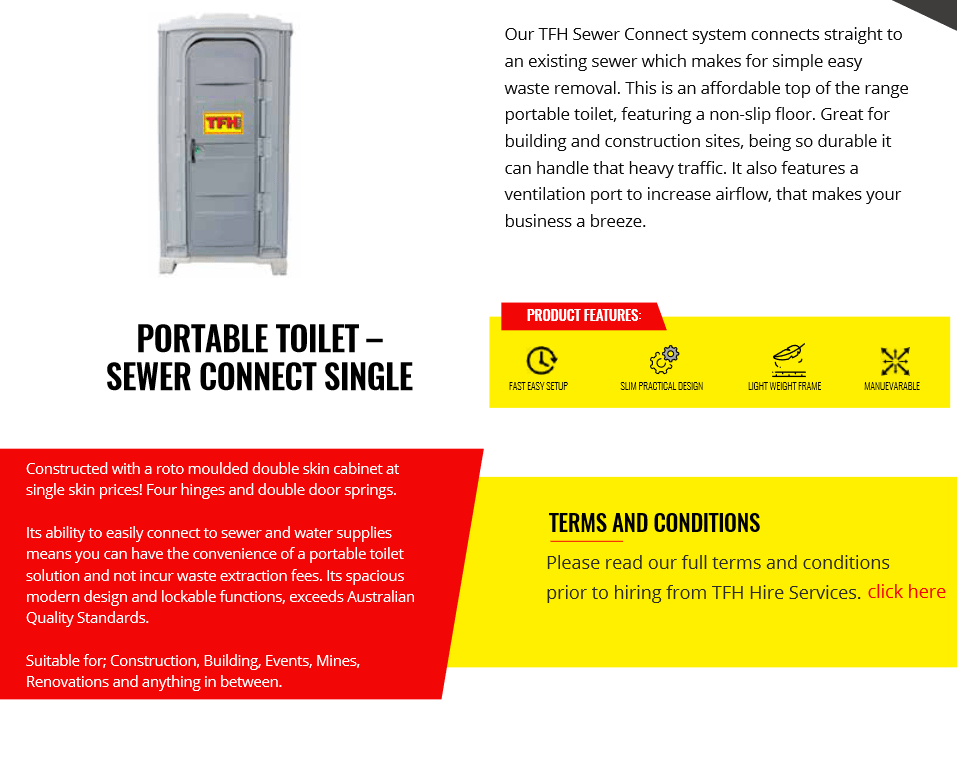Reclaim Waste - The Facts
Table of Contents10 Simple Techniques For Reclaim WasteSome Of Reclaim WasteExcitement About Reclaim WasteThe smart Trick of Reclaim Waste That Nobody is DiscussingThe Main Principles Of Reclaim Waste
Explore the types, occurrences, and kinds of fluid waste. Domestic sewer waste describes the waste and products from a household septic container. This type of waste is produced by humans in residences, institutions, and other buildings. This only includes septic systems that have a drain area. The correct management and disposal of residential sewage waste call for liquid waste to be moved to a sewer treatment plant where the appropriate methods and devices are put on cleanse and get rid of waste.
Business waste frequently consists of potential dangers, such as combustible products or a mix of fluid and strong waste products, and needs an advanced and in-depth disposal procedure. The disposal of business waste usually includes the filtration of waste before transport to ensure safe and appropriate disposal. Hazardous waste is developed from byproducts and runoff of industrial procedures and manufacturing.
This sort of waste can not use the same sewage monitoring transport or procedures as septic or business fluids. The commercial waste monitoring procedure requires the evaluation and testing of fluid waste prior to it undergoes the disposal process (liquid waste removal). Overflow waste is the liquid waste that comes from drainage and excess stormwater in very booming locations or cities
Drainage waste can create contamination and flooding otherwise taken care of properly. Find out more concerning sewage system cleansing and waste monitoring. Making sure proper waste management can avoid disasters and reduce ecological injury. Both people in property settings and professionals in industrial or production markets can take advantage of recognizing the procedures and laws of liquid waste monitoring.
The 8-Minute Rule for Reclaim Waste
Call PROS Solutions today to find out about our waste administration and disposal solutions and the proper methods to look after the liquid waste you create.
(https://www.metal-archives.com/users/reclaimwaste1)This so-called 'wastewater' is not only a crucial source but, after treatment, will be released to our land, rivers or the ocean. Used water from commodes, showers, baths, cooking area sinks, laundries and industrial procedures is recognized as wastewater.

water used to cool down equipment or tidy plant and equipment). Stormwater, a type of wastewater, is drainage that moves more tips here from agricultural and city locations such as roofs, parks, gardens, roadways, courses and seamless gutters into stormwater drains pipes, after rainfall. Stormwater flows unattended directly to regional creeks or rivers, at some point getting to the sea.
Fascination About Reclaim Waste
In Queensland, most wastewater is treated at sewer therapy plants. Wastewater is transported from domestic or industrial sites through a system of sewage systems and pump terminals, referred to as sewage reticulation, to a sewage treatment plant. City governments build, preserve and operate most sewer therapy plants. Operators are certified under the Environmental Management Act 1994 to discharge treated wastewater at an acceptable environmental criterion right into rivers.
The Division of Natural Resources advises city governments concerning handling, operating and preserving sewerage systems and therapy plants. In unsewered locations, city governments may require householders to mount specific or house sewer treatment systems to deal with residential wastewater from commodes, kitchen areas, restrooms and laundries. The Division of Natural Resources authorises making use of home systems when they are proven to be reliable.
A lot of stormwater receives no therapy. In some new neighborhoods, treatment of some stormwater to eliminate litter, sand and crushed rock has actually begun utilizing gross pollutant catches. Wastewater treatment happens in four phases: Removes solid issue. Larger solids, such as plastics and various other items incorrectly released to drains, are gotten rid of when wastewater is gone through displays.
Wastewater then flows right into huge storage tanks where solids clear up and are removed as sludge. Oil and residue are skimmed from the surface area. Utilizes little living organisms called micro-organisms to break down and eliminate continuing to be liquified wastes and fine bits. Micro-organisms and wastes are included in the sludge. Removes nitrogen and phosphorus nutrients that might trigger algal blossoms in our waterways and intimidate aquatic life.
The 25-Second Trick For Reclaim Waste
Nutrient elimination is not readily available at all sewer treatment plants since it calls for costly specialist devices. Clear fluid effluent generated after treatment may still contain disease-causing micro-organisms - liquid waste removal melbourne.

This generally means wastewater has actually to be dealt with or contaminants removed prior to it can be released to waterways. A lot of wastewater streams into the sewage system. Under the Act, local governments carry out approvals and permits for ecologically relevant tasks (ERAs) including wastewater releases that might have a regional impact. The department administers authorizations and licences to ERAs involving wastewater launches that might have a local or statewide influence.
5 Simple Techniques For Reclaim Waste
Monitoring supplies accurate info about water top quality and can confirm that licence problems are being satisfied. The details gotten via surveillance gives the basis for making water quality decisions.